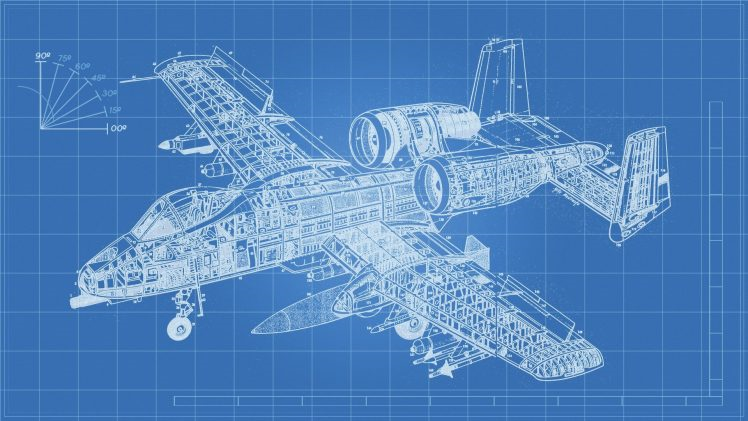AE240 - Spaceflight Mechanics

Instructor
Ashok Joshi
Semester
Spring ‘20
Course Difficulty
The course content is not that difficult, it’s a scale-up of basic physics and mathematics but continuous evaluation with surprise class tests and the course project make it a little more difficult than moderate. The knowledge required to make a good course project is sometimes more than what is covered in the course and hence it requires extra effort and studying from different sources.
Time Commitment Required
As mentioned before, it requires continuous involvement for class tests and extra effort for the course project. But then, most of the preparation for the Quizzes and Midsem/Endsem is done by this already.
Grading Policy and Statistics
Grading is Fine, with an average performance getting a BB or AB is easy, AA needs a bit more than just attending lectures and studying before exams, to be precise it needs problem solving, past year question/ tutorial practice, and some additional studying from various resources.
Attendance Policy
No attendance/No DX grade but then to catch the surprise test you need to attend lectures, at least those lectures in which the probability of happening of a class test is high. (After 2-3 weeks professor would announce that “we would have a class test on every “say Thursday” of the week etc.)
Pre-requisites
No prerequisites but a good knowledge and practice of conic sections and calculus can be advantageous.
Evaluation Scheme
2 Quizzes - 10%Each,
Midsem & Endsem - 20%Each,
15 Class tests (10 best considered) - 2% each, and
Course Project - 20%.
Topics Covered in the Course
Introduction : History of flight and space exploration.
Modelling the environment and forces : Models for Earth, Gravity, Drag, Propulsion etc.
Liftoff and Ascent Phase : Idealized performance, vertical trajectory, Impact of Gravity, Impact of Drag, and Superposition of all effects.
Curvilinear Motion/Trajectory : Constant Pitch rate, Velocity, Specific Thrust turning maneuvers.
Creating variants and Staging : Multistage rockets, Parallel and series staging, mixed staging, optimal staging and tradeoffs in staging.
Trajectory and Path Planning : Planetary, Two body and central force model, Kepler’s Laws.
Orbits : Elliptical, Circular, Parabolic, and Hyperbolic Paths, their time and position solutions, time of flight, equations, elevation, inclination, etc.
Orbital Maneuvers : Orbit injection, Orbit shape and size change, rotation and transfer maneuvers.
Extras : Interplanetary travel, Flybys, and Docking mechanisms.
Teaching Style
Live lectures conducted on Microsoft Teams with recording available, Tutorials and Problem solving used to happen in between the lectures itself. Last 15 minutes of every Thursday’s lecture time was for class tests. Exams were conducted with proctoring via MS Teams and Submissions on Moodle. All the course material was available on Moodle.
Tutorials/Assignments/Projects
Problem solving and examples were taken after every topic and after the completion of every major section a tutorial was given, which was discussed by the TAs a week later. Course Project was about analysing and replicating a previously done space mission, it was interesting as well as pretty time consuming but adds a lot to the learning. Class tests are super easy, you just need to be aware of the content in the lecture slides.
Feedback on Exams
Exams were of moderate level based on difficulty but required thorough knowledge and good amount of practice to correctly finish in time.
Motivation for taking this course
My motivation to take this course was my interest in space exploration. I had previously done several online courses in this field, so I wanted to explore the field in a little more depth. Also this course is at the boundary of the mechanical and aerospace department, and given an overview for a lot of small specialization fields.
Course Highlights
If you are more into classical mechanics, you’ll enjoy it.
Course Importance
This course is a good point to start for those who are interested in the mechanical side of aerospace engineering, space missions etc. This course includes an overview of the major verticals of Aerospace engineering.
How strongly would I recommend this course?
I would strongly recommend this course to people who are genuinely interested in the field or want to explore outside of their parent department. But if you wanna take a course to fulfill your credit requirements or to improve your CPI, this is not a course you should take.
When to take this course?
Since its a basic level/introductory course it’s good to take this course in the 4th semester so that if you build strong interest in the field you have time to take advanced courses of the same. Also this course runs mostly in the even/spring semester so going till 6th semester for taking this course would be a little late. This course is part of the list of courses for Aerospace minor and hence if you are taking it as a minor course then the ideal semester to take it would depend upon how you have planned to complete your minor itself.
Going Forward
There are several Propulsion and Flight related courses in AE and ME that can be taken after this course to get into the field. (AE223, AE234, AE305, AE332, AE330, AE333, etc.)
References Used
The physics of spaceflight - Walter, Ulrich (Springer)
Spaceflight Dynamics - William E Weisel (McGraw Hill)
Introduction to space dynamics - William Tyrrel Thompson
Orbital Mechanics for Engineering Students - Howard D Curtis
Other Remarks
As I mentioned before it’s a really interesting course but only when you are actually into the field, otherwise it can get a little difficult at the end to manage. But I would still recommend this course to those who want to explore the AE department because this course includes an overview of the major verticals of Aerospace.
Interesting relevant links
Course introduction video on NPTEL : https://www.youtube.com/watch?v=Pqi6dMrtB0E
AE 240 Review By: Bishop Prakash